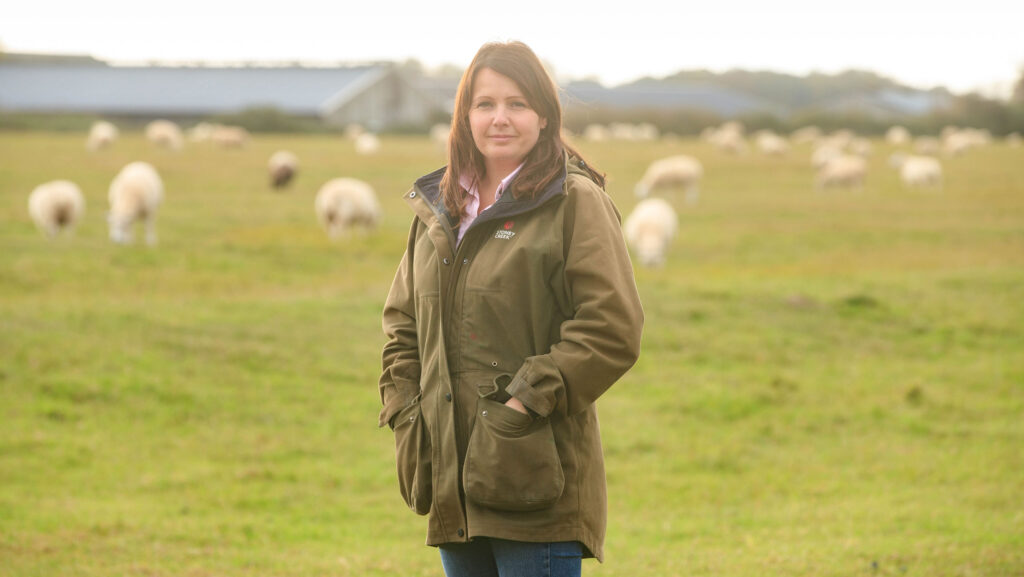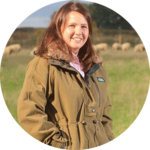Farmer Focus: All shearlings to lamb outside this time
 Louise Elkington © Tim Scrivener
Louise Elkington © Tim Scrivener After a well-needed week away on the stunning Dorset coast, we are straight back into farm life.
To leave the farm always seems to require twice as much work the week before and after, but it was well worth it to make precious memories with the family.
See also: Could thin ewes be a sign of infectious disease on your farm?
Before we went away, we did a faecal egg count on both groups of lambs. We use Fecpak, as you get the results back within hours.
The results showed that both groups needed worming, with counts of 595 eggs per gram (epg) and 455epg.
The group with 455epg we might have pushed another week before treating, but we had just started getting some cases of lung worm coming back from the abattoir.
It was another job added to the list before our holiday, but we were pleased to get them done.
If they had been left a week, it would have knocked their growth, plus the protection period on the fly spray had run out and we didn’t want problems while we were away. So, it worked well that both jobs could be done at once.
We will drench-test 14 days from worming, just so we can monitor that the wormers are still working efficiently on our farm and that we aren’t building a resistance.
Indoor ewes are on a red clover and grass mix to get some more condition before they run with Charollais and Abermax tups in October. We are also trying an Aberblack this year.
There’ll be 40 older ewes from the outdoor group that come inside. These will still be good-performing ewes, but we want to keep the outdoor flock a young flock.
Any poor performers will be culled this year and won’t get a second chance in the indoor flock, as this just increases the chances of problems at lambing. We found that out the hard way this year.
The shearlings will go straight to the outdoor lambing flock as we had issues with them not eating enough when inside – they’d never seen hard feed before.
We had about 25 shearlings that lambed in the outdoor flock this year and they performed noticeably better than the ewes brought inside to lamb.

